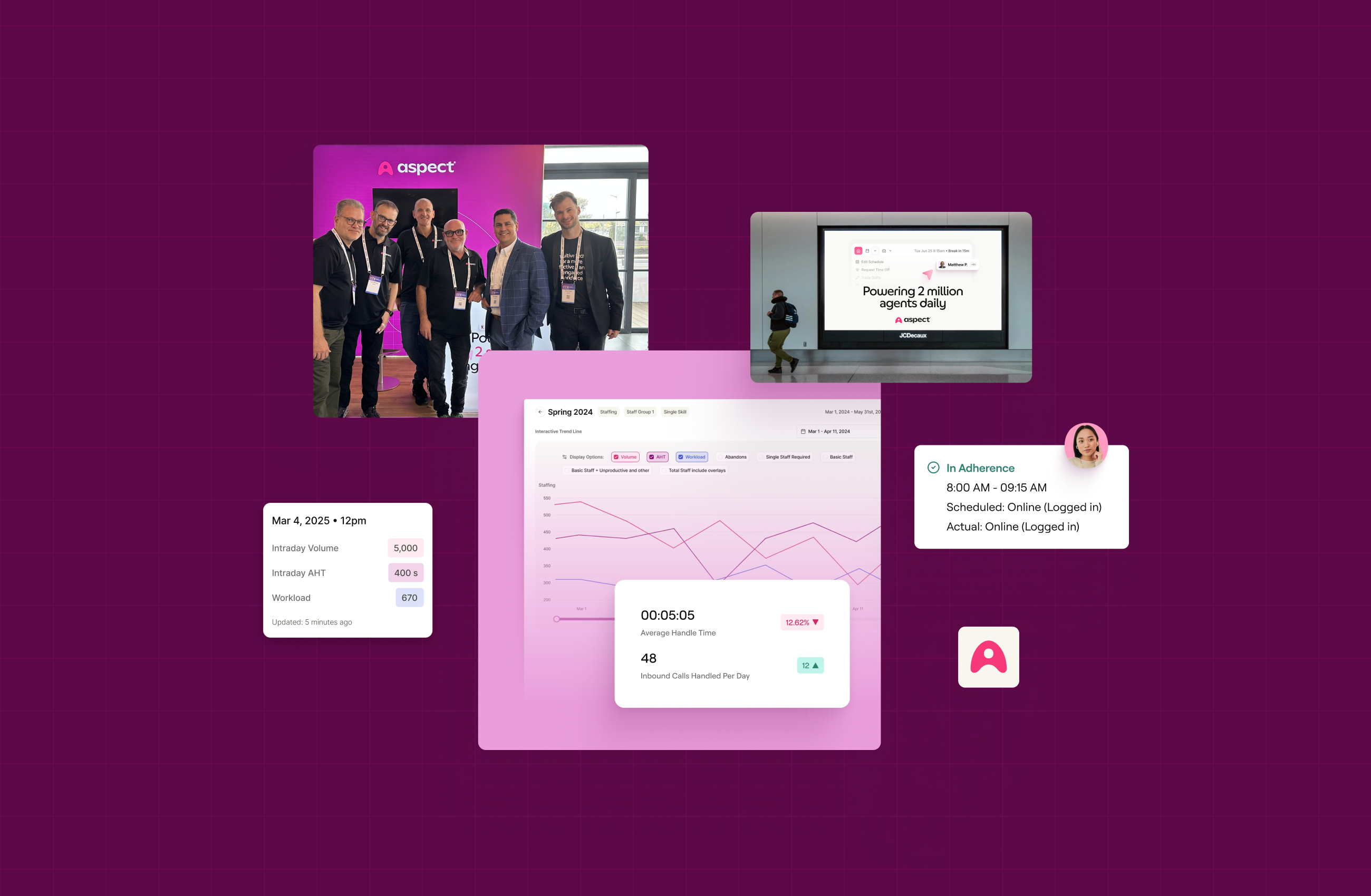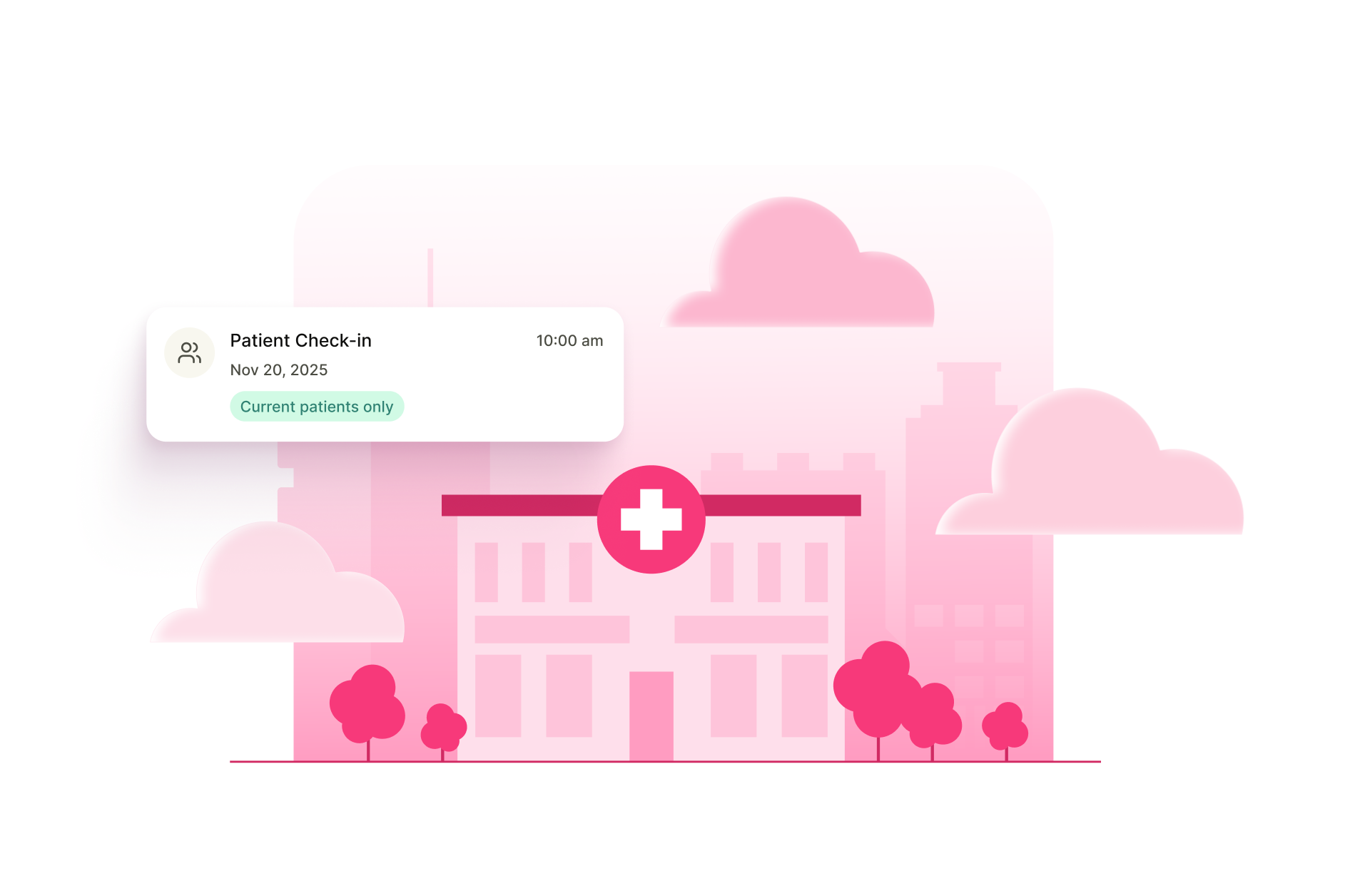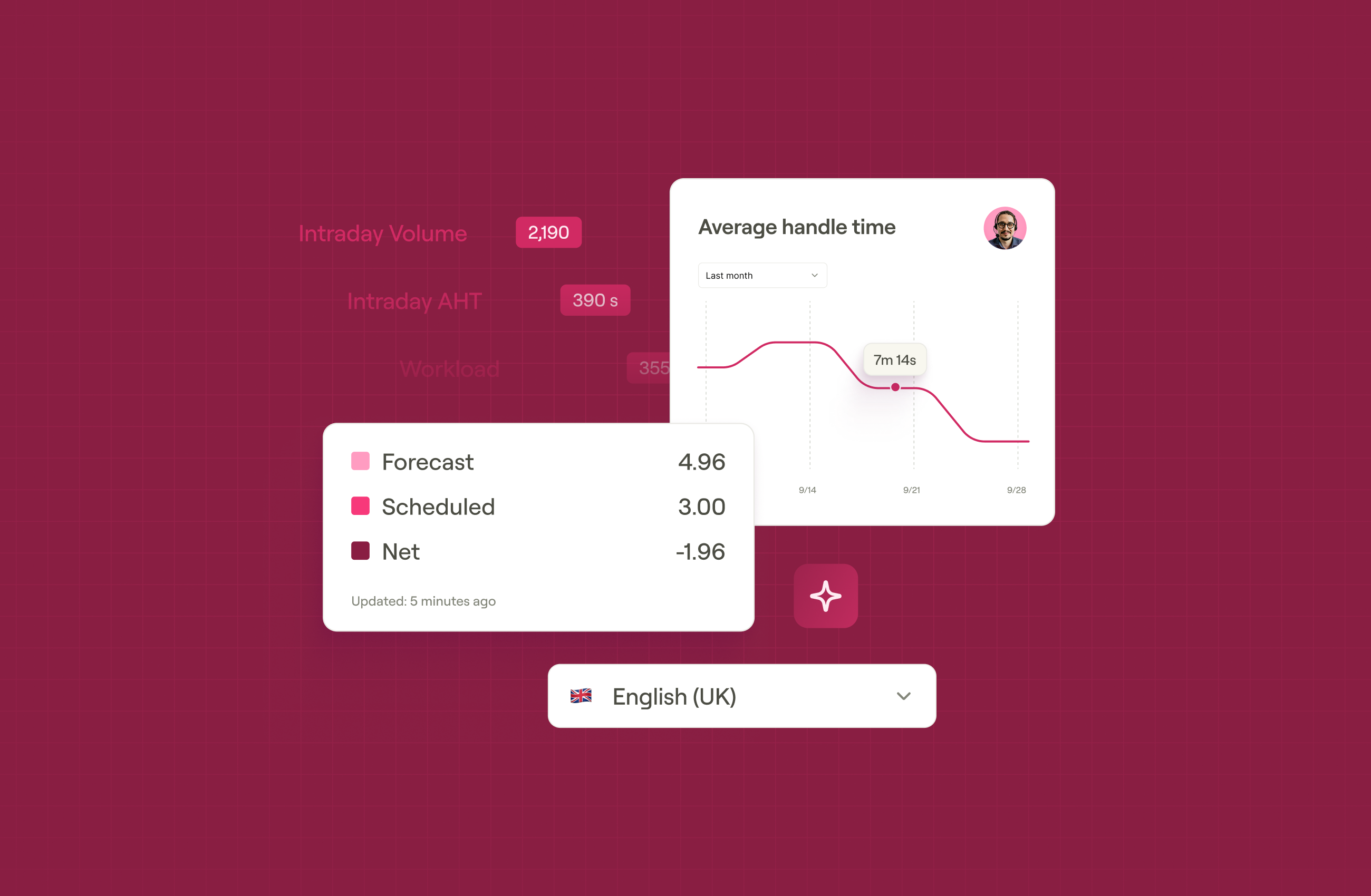As we wrap up 2025, predictive analytics and AI have moved from pilots to real-world production across many enterprises, but results have been mixed. The biggest wins came when models were built directly into day-to-day workflows, governed carefully, and tied to clear business metrics.
In 2026, expect a widespread "AI reality check" that rewards programs with proven ROI, strong compliance, and scalable automation backed by solid guardrails.
A brief history of predictive analytics
Predictive analytics started with regression models and time-series forecasts in finance, risk, and operations—building a foundation of repeatability, feature engineering, and measurable results. Machine learning expanded the toolkit but brought new challenges like bias and model drift that needed monitoring and governance, not just fancy algorithms. AutoML and low-code platforms made these tools more accessible and sped up development, but that raised the bar for transparency and responsible stewardship. From 2023 to 2025, generative AI entered the mix. Experimentation exploded, yet many projects struggled to turn buzz into bottom-line results without strong operationalization and governance.
What drove success in 2025
The programs that succeeded focused on business KPIs first, embedded models directly into decision systems, and made governance a core product feature. Teams set clear baselines—overtime, shrink, CSAT, NPS, risk loss—and connected predictions to scheduling, routing, QA, and case management so recommendations triggered actions automatically. Model cards, bias testing, and performance SLOs gave product, risk, and finance teams shared visibility, helping separate real, compounding value from endless proof-of-concept cycles.
Real-world success examples across industries
- Retail: Linked intraday demand forecasts to workforce management so staffing adjusted based on forecast confidence, boosting conversion and cutting overtime by tying forecasts to schedule generation and markdown timing, not just dashboards.[2]
- Healthcare: Used AI scoring across the board to prioritize reviews and documented decision rationales for oversight committees, reducing rework while improving patient satisfaction with full end-to-end explainability for audits.[2][1]
- Utilities: Split efficiency from experience metrics in QA, enabling targeted coaching that cut handle time without hurting CX, delivering cost savings with steady customer satisfaction.[2]
These examples show that the real difference between small improvements and measurable impact comes down to tight integration, clear baselines, and governance that travels with the model, not algorithm complexity alone.
Why challenges persisted
Organizations ran into several key roadblocks, including:
- Underestimating how long it takes to prepare clean data, assign clear ownership, and fix fragile pipelines.
- Solving low-impact problems really well, creating "success without value".
- Skipping drift tracking, rollback plans, and challenger strategies, which hurt confidence in scaling up.
- Leading with algorithms instead of business context and deployment plans.
Shifts in 2025: what changed and why
Three big shifts shaped the year:
- The last mile from prediction to action determined real value, especially when paired with human-in-the-loop checkpoints.
- Governance shifted from checking boxes to gatekeeping, with bias/drift monitoring, audit trails, and explainability required before scaling—especially in regulated industries.
- CFO scrutiny ramped up after few programs proved financial impact, driving budget shifts toward measurable outcomes.
The 2026 outlook: why an AI reality check is coming
Boards and CFOs are reprioritizing budgets toward initiatives with proven results. Analysts forecast that up to a quarter of planned AI spending will shift into 2027 as organizations zero in on KPI contracts and governance maturity. Procurement and risk teams will require model documentation, measurable baselines, and clear pilot exit criteria before approving scale, signaling a move from experimentation to operational excellence.
Predictions for AI & predictive analytics in 2026
In 2026, five trends will shape the predictive analytics and AI landscape:
- AI accountability and ROI will take center stage. Tighter budgets will push "model P&L" thinking, with quarterly value reviews bringing together data science, finance, and risk to validate results. Organizations will tie predictive staffing and QA to overtime and CSAT SLOs, gating investment on blended ROI and variance-to-plan so models become accountable business assets.
- Agentic AI and digital employees will scale up. Enterprises will shift from user-centric to process-centric software, where agents handle multi-step tasks with auditable reasoning. High-risk steps will keep human checkpoints, with execution SLAs, audit logs, and rollback plans in place.
- Industry-specific evolution will speed up. Healthcare will treat secure, explainable AI as mission-critical. Finance will deploy back-office agents for reconciliations, KYC, and surveillance. Retailers will use real-time forecasting with edge models for dynamic staffing and queue management.
- Edge computing and real-time analytics will grow. Latency, resilience, and cost concerns will push more inference to the edge, with compact models featuring strong telemetry, local fallbacks, and fleet management.
- Governance, trust, and explainability will become non-negotiable. Continuous monitoring for bias, drift, and compliance is a must. Organizations will roll out bias dashboards, model cards, A/B guardrails, and formal approvals, with challenger frameworks and documented rationales ready for auditors.
Implementation steps for 2026
To roll out effective predictive analytics and AI in 2026, consider these steps:
- Establish data contracts. Make data contracts explicit for critical tables, with ownership, SLAs, and drift alarms.
- Standardize the model lifecycle. Put in place evaluation cards, approval gates, rollback plans, and post-release monitoring.
- Institutionalize KPI contracts. Partner with finance and risk to make sure every deployment has a baseline, a counterfactual, and a measured time-to-value.
- Build guardrails for agentic systems. Require human checkpoints on high-risk steps, full audit logs, staged rollouts, and kill switches.
- Deploy edge models strategically. For latency-sensitive or constrained environments, package models for the edge with versioned fleet telemetry and exception backhaul only.
Convert AI ambition into accountable results with Aspect
How Aspect delivers measurable ROI
Aspect helps organizations turn predictions into real performance by embedding AI and predictive analytics into workforce engagement programs and related operations. The approach focuses on measurable outcomes tied to finance-backed KPIs, explainable and auditable governance, and practical deployment patterns that deliver results fast.
Aspect connects deployments to measurable ROI, tracking use cases against KPIs like overtime reduction, schedule adherence, CSAT/NPS, first-contact resolution, abandonment rate, and rework. Forecasts in Aspect Workforce power automated scheduling and intraday adjustments, and QA insights can kick off targeted, data-driven coaching. Routing adjustments are handled through skills-based configurations and integrations with your contact center platform. Program reviews include documented assumptions, baselines, and comparative results to back up quarterly value assessments—going way beyond dashboard-only visibility. Customers often see gains stack up as predictions feed into constraints and automations across workforce management and quality management.
Here's a practical example: in a multichannel service operation, intraday forecasting feeds automated schedule updates, while QA insights trigger targeted coaching to cut handle time without hurting experience metrics. This closes the loop between prediction and action, helping reduce overtime, stabilize SLAs, and boost CSAT.
Agentic workflows and industry-specific execution
Aspect is pushing forward AI-assisted workflows across WFM and QA, with partner-powered "agentic" capabilities that link planning with coaching and conversation intelligence. Forecasts drive automated scheduling and intraday adjustments, while QA insights trigger targeted coaching. Deeper automations—like case triage, evidence assembly, and rationale-backed scoring—are enabled through integrations. Governance features like audit trails and operational telemetry are supported across Aspect and partner platforms, with rollback and fail-safe strategies defined per deployment.
Aspect's deep industry expertise translates into stronger execution. In healthcare, explainable AI and full audit trails support proactive care coordination under strict oversight. In financial services, auditable decisioning and model governance keep operations compliant. In retail, real-time forecasting integrated with WFM protects conversion during micro-peaks and cuts overtime through rules-driven redeployment. Edge-ready deployment patterns cut latency by running compact models close to the data source with fleet telemetry and local fallbacks, keeping steady-state inference local while lowering bandwidth, cost, and risk.
Learn more about our partnership with Cresta 🤝
From prediction to performance: The path forward
2025 showed that predictive analytics and AI deliver lasting value when tied to outcomes, embedded into operations, and governed with clarity. The 2026 reality check will reward programs that can prove ROI, scale agentic workflows with full auditability, and put decisions at the right execution layer—including the edge when needed. Teams that invest in strong data foundations, continuous monitoring, and clear accountability will turn predictions into sustained performance.
References
- [1]https://www.rand.org/content/dam/rand/pubs/research_reports/RRA2600/RRA2680-1/RAND_RRA2680-1.pdf
- [2]https://www.sas.com/en_us/insights/analytics/predictive-analytics.html
- How do we prove ROI?
Start with one to three KPIs per use case and record pre-deployment baselines. Use staged rollouts or A/B tests to estimate counterfactuals and hold quarterly value reviews with finance to validate attribution. If the model does not move the KPI within the agreed window, reframe or retire the effort
- What makes governance non-negotiable?
Bias and drift monitoring, explainability artifacts, model cards, and formal approvals mapped to policy. Regulators and boards increasingly require reconstructable reasoning and lineage before scale.
- Do we really need edge deployment?
If decisions are time-critical, networks unreliable, or data must remain local, edge inference reduces latency and sovereign risk. Pair compact models with telemetry and local fallbacks, and centralize only exceptions and retraining.









